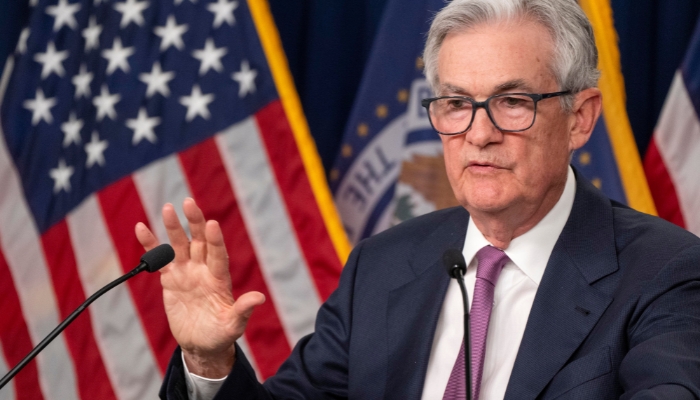Inflation Mysteries: Immaculate Disinflation?
Anúncios
Economists have recently coined a new phrase in their discussions: “Immaculate Disinflation.”
While there isn’t an official definition for “Immaculate Disinflation,” it’s being used to describe a situation where inflation cools without causing a spike in unemployment.
In the past, achieving this scenario was challenging, primarily due to the well-known concept called the sacrifice ratio. This theory suggests that reducing inflation inflicts a certain level of pain on the economy, typically in the form of higher unemployment rates that hinder economic growth.
In the United States, inflation has cooled from a peak of 9.1% in June 2022 to 3.2% in July of this year, according to the latest Consumer Price Index. Surprisingly, the nation’s unemployment rate actually declined from 3.6% in June 2022 to 3.5% in July 2023. The current rate stands at 3.8%.

This has led some economists to ponder the possibility of “Immaculate Disinflation.”
However, Fed officials are unlikely to celebrate unless they witness inflation reaching the central bank’s 2% target and staying there for an extended period. Achieving this without a significant spike in unemployment would be akin to a miracle in the eyes of Fed Chair Jerome Powell.
In a recent speech, Powell emphasized that achieving 2% inflation would “require a period of below-trend economic growth.” He also mentioned in June that the key to reducing inflation is to have “continuing loosening in labor market conditions,” which is essentially a euphemism for higher unemployment rates.
Even President Joe Biden’s top economic adviser, Jared Bernstein, expressed skepticism about the term.
“I wouldn’t categorize this as ‘Immaculate Disinflation,'” he stated in a CNBC interview at last month’s Jackson Hole Fed conference. “There’s a significant question mark about what lies ahead in the final stretch,” he added.
Bernstein and his fellow White House economists also argued in an August blog post that the disinflation currently being witnessed cannot be considered “Immaculate” if the initial inflationary pressure stemmed from disruptions to the economy’s supply side.
Instead, they attribute the decline in inflation to the “unsnarling of formerly snarled supply chains.”
Cleveland Fed President Loretta Mester recently expressed surprise at the robust labor market despite significantly higher interest rates. She acknowledged that some of these unusual circumstances resulted from the pandemic, such as stimulus checks leading to unprecedented spending, which necessitated increased hiring by employers.
“So, it’s not entirely unexpected that some of these traditional relationships may not be fully applicable at this time,” Mester noted in a CNBC interview at Jackson Hole last month.
Much like Powell, she isn’t banking on the occurrence of “Immaculate Disinflation,” stating that it remains unclear how the cumulative effects of the Fed’s rate hikes will play out. Mester is currently serving as an alternate member through the end of the year, and she will participate in interest rate decisions at future meetings next year.
See also: Oil Prices Soar on Saudi-Russia Output Cut Extension



